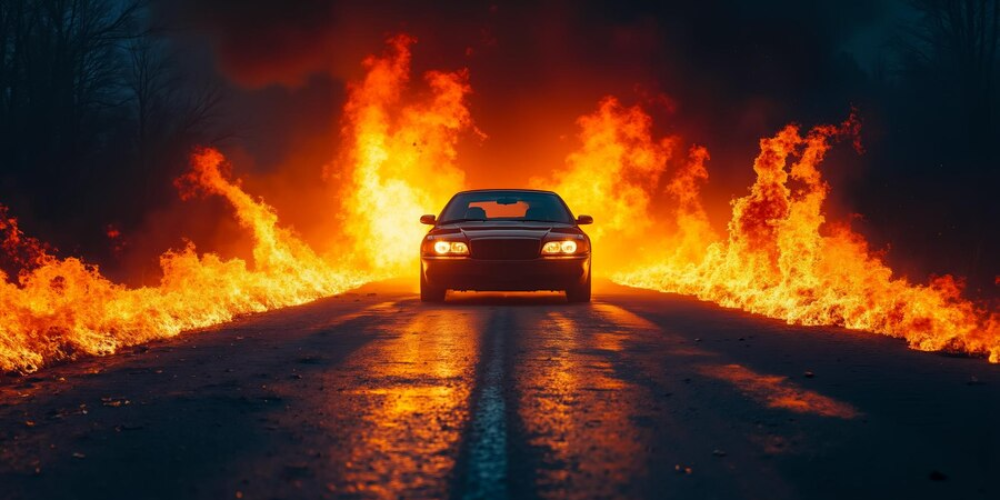
How to Safely Drive Away from Wildfires – Essential Tips

Wildfires are unpredictable and dangerous, often spreading rapidly with little warning. A video from the Los Angeles wildfires showed abandoned cars on a smoke-filled road. Evacuees left their vehicles behind during their escape from the Palisades Fire. Bulldozers had to push the cars aside to clear the way.
The Palisades Fire burned through over 23,700 acres and damaged approximately 5,300 structures. Tragically, it claimed at least eight lives. On Monday, officials reported the fire was 14% contained, but active flames continued burning in its interior.
High winds and dry conditions worsened the situation. The National Weather Service issued red flag warnings due to gusts exceeding 70 mph. These winds fueled fire expansion, dried out vegetation, and carried embers miles away, creating spot fires. Cal Fire Captain Dan Collins compared the conditions to a “blow dryer in a box,” underscoring the dangerous environment.
With climate change contributing to hotter weather and prolonged droughts, urban wildfires like those in Los Angeles are becoming more frequent. Being prepared and knowing what to do can make a significant difference.
Key Safety Tips for Driving Around a Wildfire
1. Regularly Change Air Filters
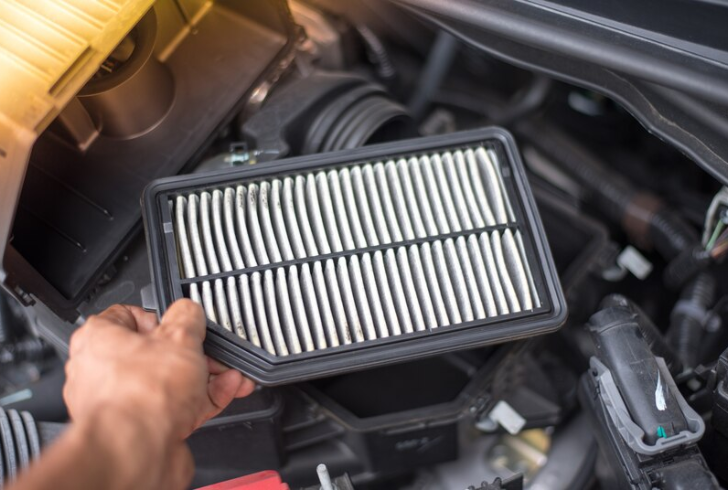
Image by user7103282 on freepik | Keep air filters clean to reduce smoke exposure while driving
Preparing your vehicle is essential if you plan to drive near wildfire zones. Start by ensuring the air filter in your car is clean and updated. This simple step can limit exposure to smoke, which is a primary concern during wildfires.
Smoke can severely affect health, particularly for children, seniors, and those with preexisting heart or lung conditions. While keeping windows closed and using the “recirculate” mode on your car’s air conditioning helps, a clean air filter adds another layer of protection.
Joel D. Kaufman, an environmental health expert, highlighted the dangers of urban wildfire smoke. He explained that pollutants from burning man-made materials, such as plastics, are especially harmful. By using a high-quality air filter, drivers can minimize exposure to these toxic particles.
2. Keep a Mask in Your Car
Packing an N95 or other tight-fitting mask is another way to stay safe. These masks provide additional protection when driving through smoke-filled areas.
3. Prepare a Go-Bag in Advance
Always have a go-bag ready, particularly in areas prone to wildfires. A well-packed bag should include essential items like:
1. Emergency contacts
2. Prescriptions and medical supplies
3. Photo IDs and important documents
4. Toiletries and extra clothing
5. Chargers and spare batteries
Adding items like wool blankets or jackets can also help. According to wildfire safety guidelines, these items can protect you if you become trapped in your vehicle during a wildfire.
Dan Collins emphasized that preparation reduces mistakes during emergencies. He noted that forgetting important items, such as social security cards or family heirlooms, can add unnecessary stress during evacuation.
4. Study Your Surroundings
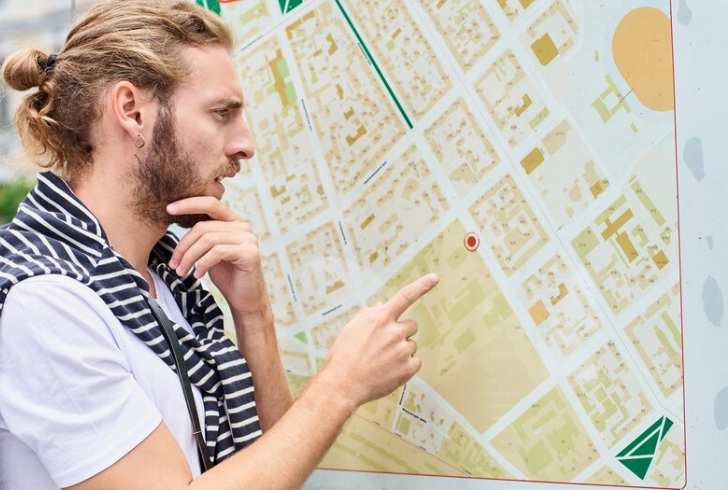
Image by avocado_fam on freepik | Learn alternate routes to stay safe during wildfires.
Knowing the roads and alternative exit routes in your area is critical. Conditions can change quickly during wildfires, making detours necessary. Drivers should familiarize themselves with backroads and lesser-known routes to stay safe.
5. Stay in Your Car as Long as It’s Safe
Remaining inside your vehicle during a fire may seem counterintuitive, but experts advise it in certain situations. Staying in the car provides better protection against extreme heat and smoke.
“If you’re driving near a fire, the safest place to be is inside your car,” Collins stated. The interior offers more insulation against heat than the open air. He encouraged drivers to remain calm and move to a safer location as quickly as possible.
6. Cover Up for Additional Protection
Radiant heat from wildfires poses a severe threat, even from a distance. Covering up exposed skin can reduce the risk of burns or heatstroke. Experts recommend using clothing made from natural fibers like wool, as synthetic fabrics may melt.
Drivers can also hang blankets over car windows to block some of the radiant heat. Wearing long sleeves, pants, and gloves provides added protection during evacuation.
7. Drive Slowly and Carefully
Visibility often decreases near wildfires due to thick smoke. To stay safe, turn on headlights and drive slowly. This allows better control of the vehicle and helps avoid potential hazards on the road.
8. Leave Keys if Abandoning Your Car
If you must abandon your vehicle, try to park it away from vegetation to minimize fire risk. Officials advise leaving the keys inside the car, which allows law enforcement to move it later if needed.
Dan Collins explained that vehicles left with locked doors and no keys delay emergency response efforts. He also recommended carrying only essential items when evacuating on foot to move faster.
In situations where drivers are trapped, experts suggest parking in a clearing, closing all windows and vents, and lying on the car floor. Calling 911 immediately is also critical in such emergencies.
Be Aware of Post-Fire Health Risks
Even after leaving wildfire areas, the risks do not disappear. Smoke exposure can lead to heart or lung problems, which may develop hours or days later. Monitoring health symptoms closely is essential after driving near a fire.
Joel D. Kaufman stressed that some health effects, such as heart attacks, may peak a day or two after exposure. Seeking medical attention for any unusual symptoms can prevent further complications.
Expect Delays After Wildfires
The aftermath of a wildfire can leave roads damaged and hazardous. Drivers may encounter fallen trees, power lines, or ash-covered streets. Cleanup efforts often take time, requiring coordination among local agencies.
Officer Luis Quintero from the California Highway Patrol urged patience, noting that safety remains the priority. He added, “Although the fire may be gone, the recovery process takes time to ensure everyone’s safety.”
Preparedness and quick decision-making are crucial when driving near wildfires. By following these safety tips, drivers can protect themselves and their passengers while staying calm in dangerous situations.
More inDriving
-
`
U.S. Reduces Tariffs on Japanese Cars to 15% Under Trump’s Deal
In a move reshaping U.S.-Japan trade relations, former President Donald Trump confirmed a new agreement that slashes tariffs on Japanese car...
August 9, 2025 -
`
Adults in Ohio Face Stricter Rules to Obtain Driver’s License
Ohio has passed a new law that will change the way adults under 21 get their driver’s licenses. Signed into law...
July 31, 2025 -
`
Gen Z Craves Career Guidance, But Their Parents Are Struggling Too
Gen Z is stepping into the future with curiosity and ambition—but they’re not doing it alone. A growing number of teens...
July 25, 2025 -
`
Do Car Insurance Companies Offer Pay-As-You-Go Plans?
Car insurance premiums often feel unfair to people who rarely drive. Yet, most traditional auto policies still charge a fixed monthly...
July 17, 2025 -
`
Why the Koenigsegg Sadair Spear Is the Ultimate Hypercar Beast
Koenigsegg has revealed a new beast—the Sadair’s Spear. Tuning its focus on raw performance and brutal speed, this hypercar marks the...
July 11, 2025 -
`
Which States Have the Safest—and Riskiest—Drivers in America?
Driving safety isn’t just about skill. It’s also about location. A recent nationwide report shines a spotlight on where drivers are...
July 4, 2025 -
`
How to Save on Tesla Car Insurance Without Compromising Coverage
Owning a Tesla often brings savings on fuel and a futuristic driving experience, but the conversation changes quickly when it comes...
June 26, 2025 -
`
10 Weird Cars That Turned Heads and Won Hearts
Some cars turn heads with speed, others with luxury—but a rare few grab your attention simply by being delightfully strange. From...
June 20, 2025 -
`
Next-Gen Jeep Cherokee Expected to Arrive by Late 2025
After a break of two years, Jeep is prepared to relaunch the Cherokee brand. The automaker confirmed the return with fresh...
June 12, 2025


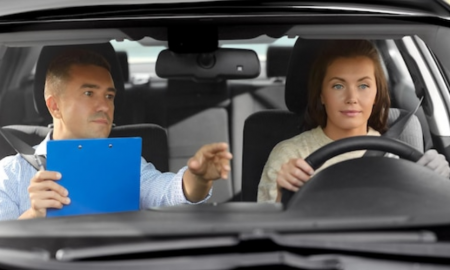

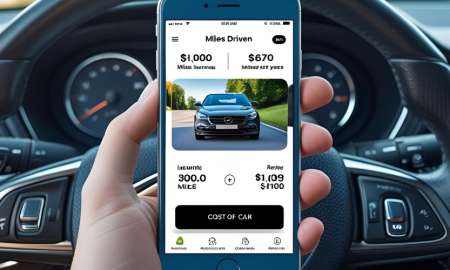

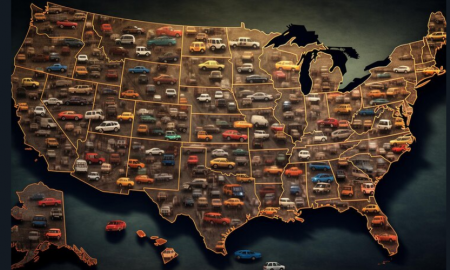

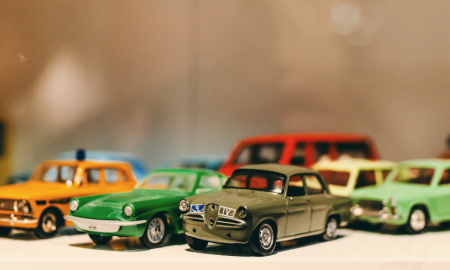
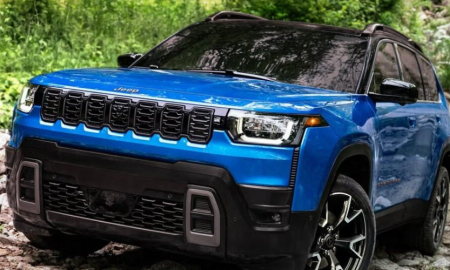
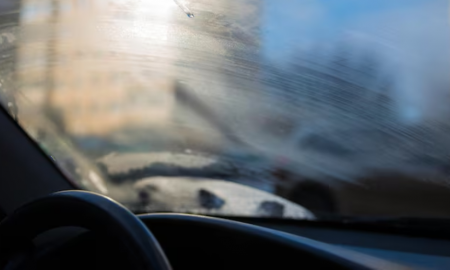


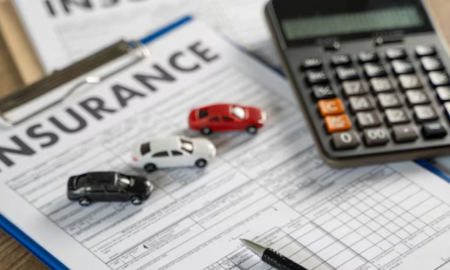

You must be logged in to post a comment Login